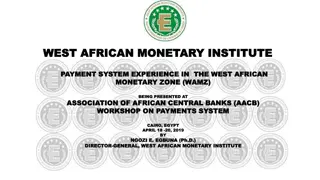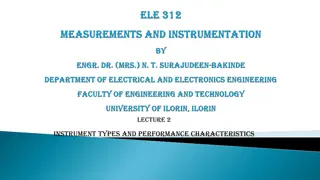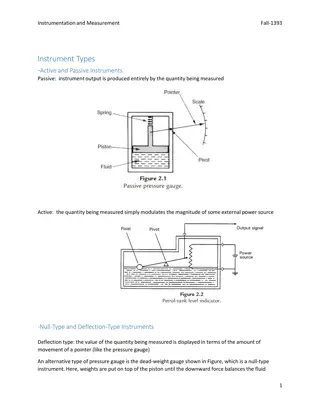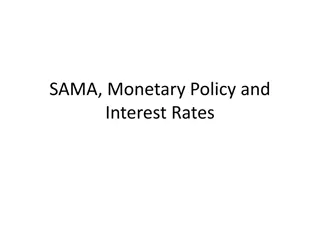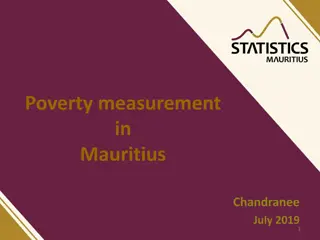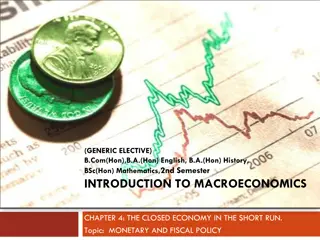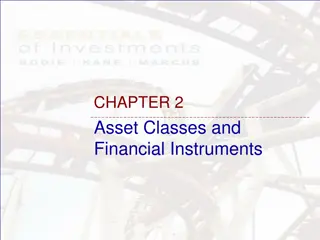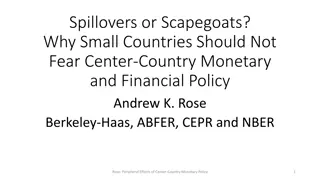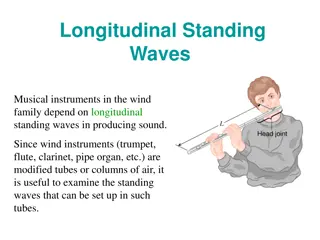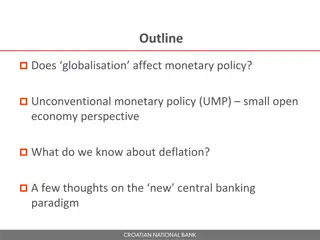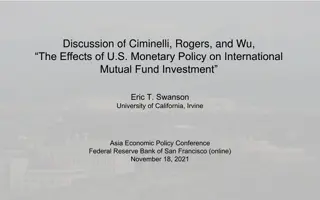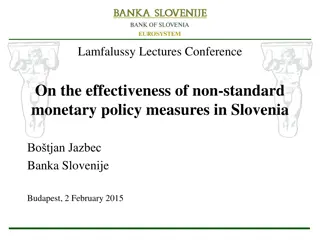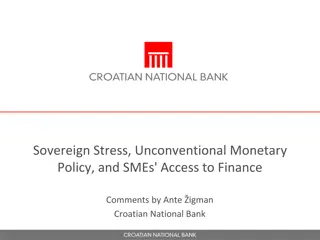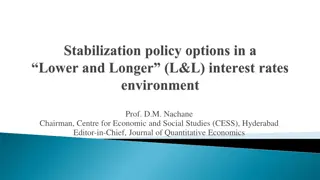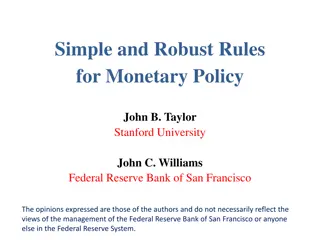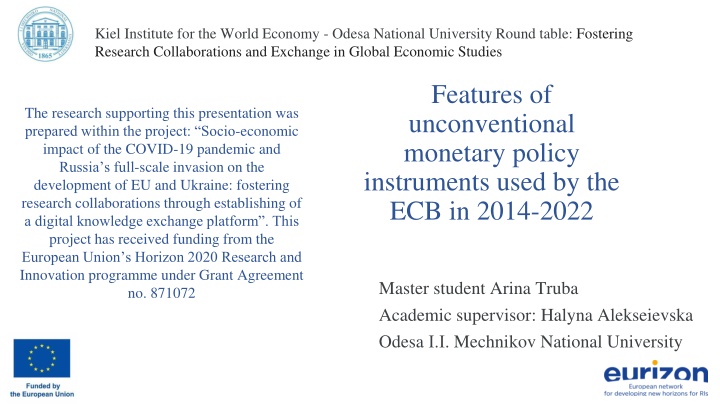
Unconventional Monetary Policy Instruments by ECB: 2014-2022
This presentation focuses on the features of unconventional monetary policy instruments utilized by the ECB between 2014 and 2022. The research is part of a project examining the socio-economic impacts of the COVID-19 pandemic and Russia's invasion on the EU and Ukraine, aiming to promote research collaborations through a digital knowledge exchange platform.
Download Presentation

Please find below an Image/Link to download the presentation.
The content on the website is provided AS IS for your information and personal use only. It may not be sold, licensed, or shared on other websites without obtaining consent from the author. If you encounter any issues during the download, it is possible that the publisher has removed the file from their server.
You are allowed to download the files provided on this website for personal or commercial use, subject to the condition that they are used lawfully. All files are the property of their respective owners.
The content on the website is provided AS IS for your information and personal use only. It may not be sold, licensed, or shared on other websites without obtaining consent from the author.
E N D
Presentation Transcript
Kiel Institute for the World Economy - Odesa National University Round table: Fostering Research Collaborations and Exchange in Global Economic Studies Features of unconventional monetary policy instruments used by the ECB in 2014-2022 The research supporting this presentation was prepared within the project: Socio-economic impact of the COVID-19 pandemic and Russia s full-scale invasion on the development of EU and Ukraine: fostering research collaborations through establishing of a digital knowledge exchange platform . This project has received funding from the European Union s Horizon 2020 Research and Innovation programme under Grant Agreement no. 871072 Master student Arina Truba Academic supervisor: Halyna Alekseievska Odesa . . Mechnikov National University
Round table: Fostering Research Collaborations and Exchange in Global Economic Studies The European Central Bank (ECB) is responsible for conducting monetary policy in the Eurozone. The main tasks of the ECB: setting interest rates for lending to commercial banks in the Eurozone, managing foreign exchange reserves, ensuring the safety and soundness of the European banking system, authorising the production of euro banknotes by Eurozone countries Source: European Union Official Website
Round table: Fostering Research Collaborations and Exchange in Global Economic Studies In early 2015, the ECB introduced a new measure - the Asset Purchase Programme (APP). The Asset Purchase Programme (APP) consists of several programmes: Public Sector Debt Securities Purchase Programme (PSPP) - 84%, Asset-Backed Securities Purchase Programme (ABSPP) - 1%, the third covered bond purchase programme (CBPP3) - 8%, Corporate Sector Purchase Programme (CSPP). Source: European Union Official Website
Round table: Fostering Research Collaborations and Exchange in Global Economic Studies The average monthly APP targets were first set by the ECB Governing Council at the start of the PSPP in March 2015. The additional 120 billion package approved by the Governing Council on 12 March 2020 has been linearised for illustrative purposes in this graph. Source: European Union Official Website
Round table: Fostering Research Collaborations and Exchange in Global Economic Studies PSPP: consisted of the ECB buying bonds of public institutions and international organisations ABSPP: involved the ECB's purchase of asset-backed securities (ABS), which are financial instruments that combine pools of loans (e.g. mortgages, car loans, or SME loans) into securities that can be sold to investors. Source: European Union Official Website
Round table: Fostering Research Collaborations and Exchange in Global Economic Studies CBPP3: the third covered bond purchase programme took place in 2014. The main conditions for the purchase of bonds under the programme are a minimum credit rating of credit quality level 3, a limit of 70% of the issue share per international securities identification number CSPP: consisted of the purchase of corporate bonds of non- financial companies registered in the euro area that had an investment grade rating Source: European Union Official Website
Round table: Fostering Research Collaborations and Exchange in Global Economic Studies Source: European Union Official Website
Round table: Fostering Research Collaborations and Exchange in Global Economic Studies Negative ECB interest rates In June 2014, the ECB became the first major central bank to introduce a negative interest rate on deposits held by banks. The rate was reduced to -0.1%. Over the following years, the ECB continued to cut interest rates. Source: European Union Official Website
Round table: Fostering Research Collaborations and Exchange in Global Economic Studies Consequences of the ECB's unconventional monetary policy The application of unconventional monetary policy tools by the European Central Bank (ECB) in the period from 2014 to 2022 was a response to the challenges posed by the global financial crisis, the eurozone debt crisis, and, later, the economic consequences of the COVID-19 pandemic. The eurozone economy recovered from a long period of stagnation, albeit slowly, with inflation gradually rising. The unconventional instruments also had negative consequences. The introduction of negative rates raised concerns about financial stability, as banks had less room for profit. Source: European Union Official Website
Round table: Fostering Research Collaborations and Exchange in Global Economic Studies THANK YOU FOR ATTENTION!


